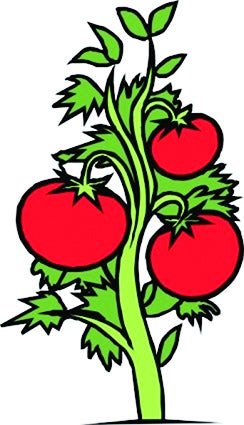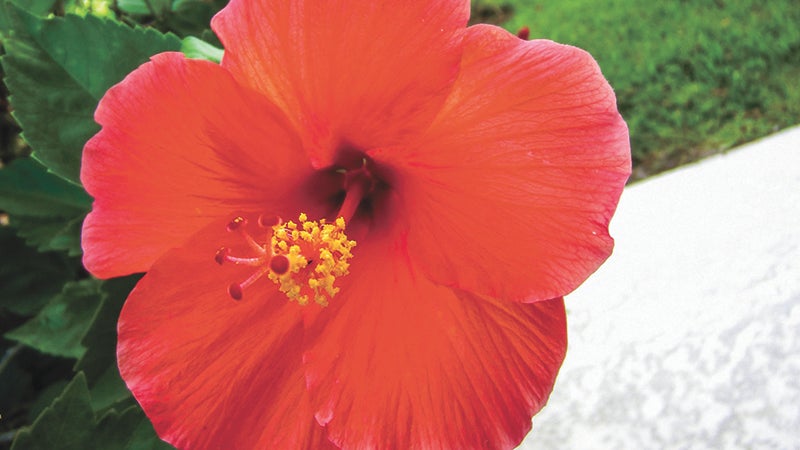OUT IN THE YARD: Explore Earth-Kind gardening
Published 11:30 pm Saturday, January 21, 2017
By Melissa Starr
Earth-Kind gardening, a program promoted by Texas A&M AgriLife Extension, uses traditional and organic techniques to create gardens that are successful and friendly to the environment while encouraging landscape water conservation, reduction of fertilizer and pesticide use, landscaping for energy conservation and reduction of landscape wastes entering landfills. This way of gardening is responsible without being over the top expensive.
The Earth-Kind website, http://aggie-horticulture.tamu.edu/earthkind/, lists 10 ways to make your landscape Earth-Kind. The first is mulch. Adding a three-inch layer of mulch to flower beds will reduce the amount of water required, reduce weeds and provide organic matter needed to fertilize plants.
Second, drip irrigation is more efficient when compared to traditional irrigation. Drip irrigation limits run-off and evaporation loss and reduces diseases by keeping water and splashed soil off of leaves. Third, checking existing irrigation systems for leaks and other problems can ensure that its output is uniform and adequate. Fourth, setting the irrigation system to split running times into shorter, more frequent cycles will save water and give the water time to soak into the soil between cycles.
Fifth, choosing plants that are disease resistant and pest tolerant will reduce the need for chemical pesticides. When insects are a problem, try removing them by hand or through organic measures. If this doesn’t work, use the least toxic chemical that is effective.
Sixth, fertilizer can be made at home by composting leaves and grass instead of sending them to the landfill. The seventh suggestion is to apply fertilizer based on soil testing. When only the fertilizer needed is applied, money is saved and pollution in the form of groundwater contamination is reduced.
Number eight is collecting and storing rainwater. This saves money and allows the gardener to irrigate with pure water free of salts and chlorine. The ninth suggestion focuses on preparing planting areas. Mixing at least three inches of compost into the soil will improve nutrients and drainage in clay soils. If the soil in the landscape drains poorly, planting in a 12-inch high bed that crowns in the middle will improve drainage.
Last, mowing the turf regularly at a greater height while mulching the grass clippings will reduce the need for nitrogen fertilizers without causing excess thatch.
Earth-Kind gardens can be planned now before the stress of spring planting causes gardeners to make mistakes that waste water and resources.
Reach Jefferson County Master Gardener Melissa Starr at melynstarr@hotmail.com or call the Texas A&M AgriLife Extension Service at 409-835-8461.



